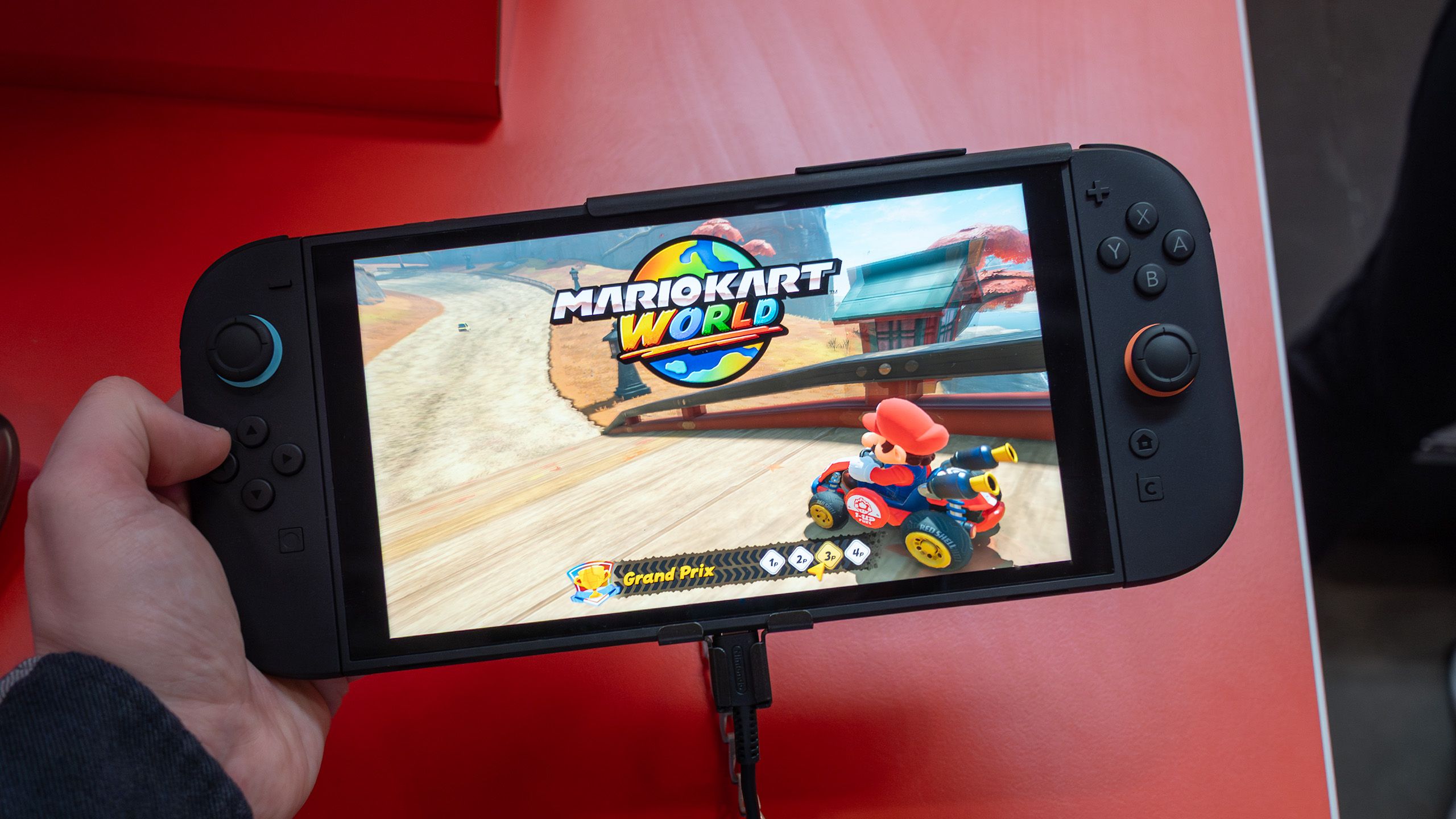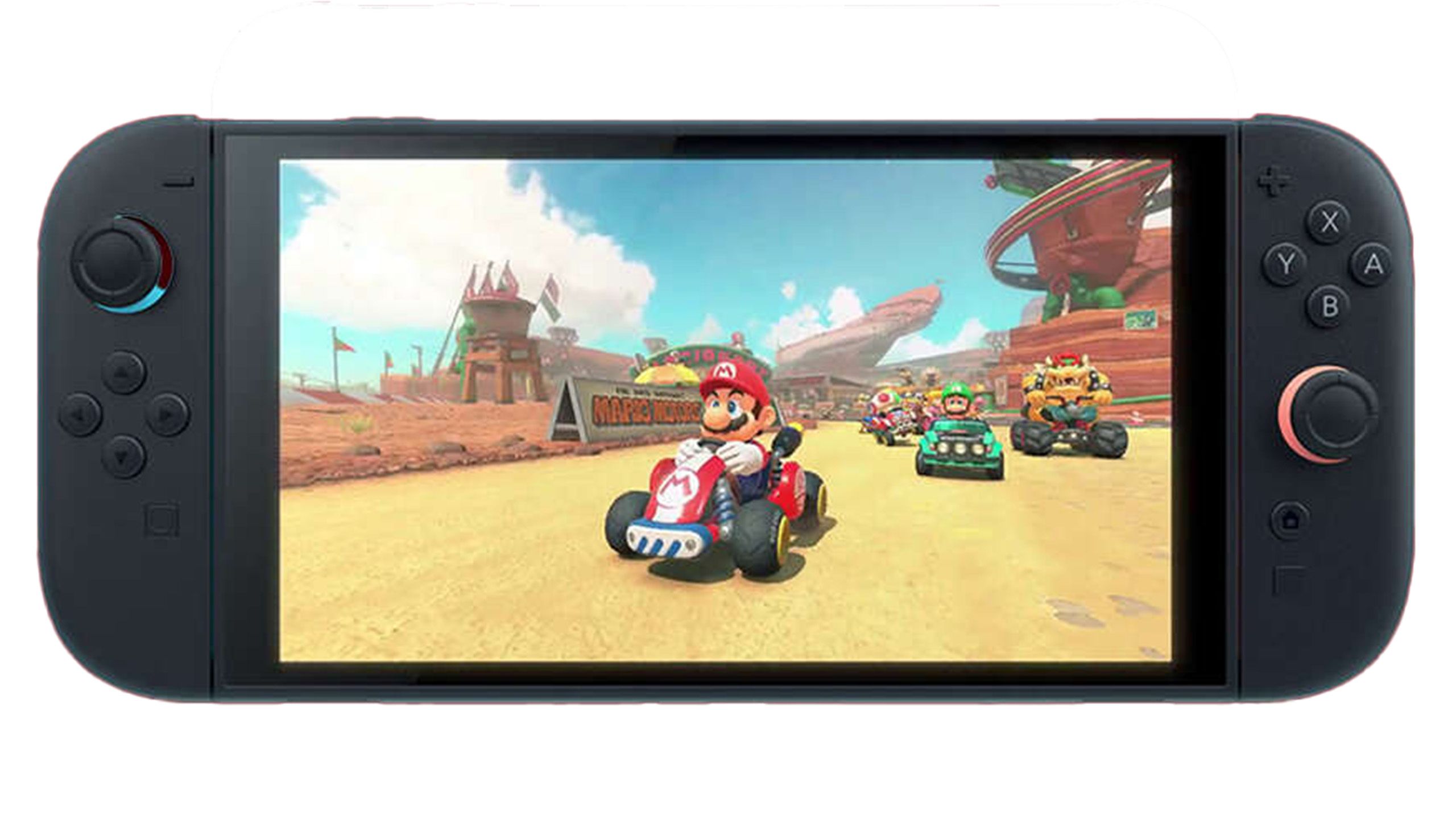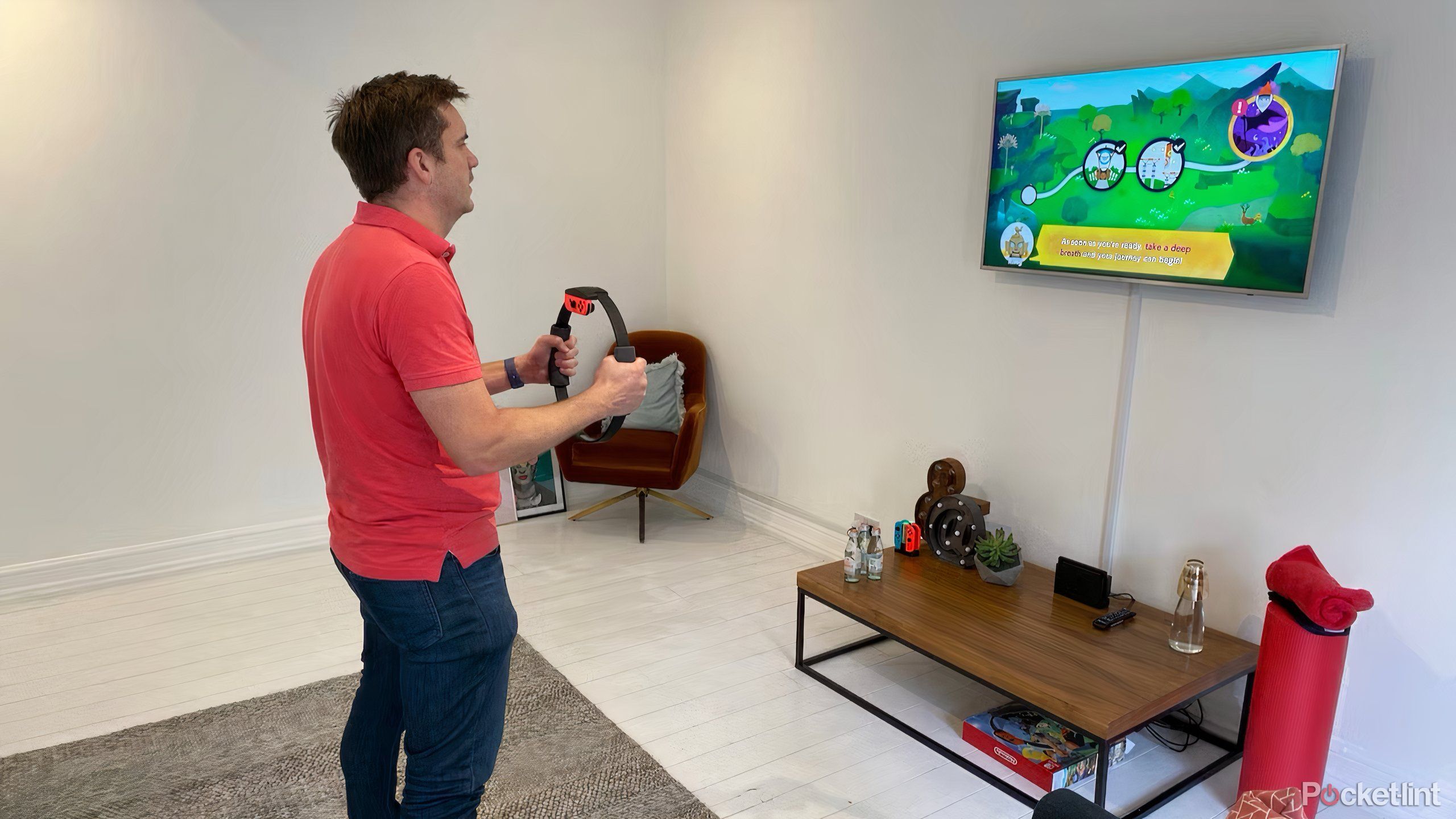Summary
- The Switch 2 resembles its predecessor, a conservative approach by Nintendo standards.
- Nintendo’s previous console normalized experimental features like motion controls.
- The limited features of the Switch 2 don’t rule out more unusual accessories and use-cases in the future.
Unless you had a Switch handy for comparison, I’m not sure most people would be able to spot the difference between Nintendo’s new console and its predecessor — at least from the front. That says less about public awareness of video games and much more to do with the Switch 2 itself. By Nintendo standards, it’s deliberately conservative. The company designed the console to be a direct continuation of the Switch, with a similar form factor, more graphical power, and the ability to run nearly all the same games. While it makes sense from a sales perspective, compared to the motion controls of the Wii or even the stereoscopic 3D display of the 3DS, it’s a safe and not particularly fun choice.
Historically, Nintendo has used a new console to experiment with technology and trial-run ideas about play that no other company has the goodwill and buy-in to be able to pull off. That could be a new controller, like the N64 M-shaped controller, internal hardware like the Switch’s Nvidia Tegra X1, or software features like StreetPass and Miiverse. The Switch 2 has some of those features on paper, but it’s missing the distinct sense of “weird” that’s come to define at least part of every past Nintendo console. And interestingly, it breaks compatibility of some of Nintendo’s most interesting experiments, like the cardboard Nintendo Labo accessories. That doesn’t mean the company has necessarily given up on being quirky, though. To the contrary, it might set the stage for something even bigger based on the new features, like mouse controls and an extra USB-C port, that are present.

Related
Is the Switch 2 really worth $450? I played it myself and here’s 5 things to consider
After going hands-on with the Switch 2, I have a few key takeaways from the experience.
Nintendo’s success makes the Switch 2 feel normal
The sheer number of Switch consoles out in the wild has normalized some odd things
The Nintendo Switch was not a sure bet at launch. Coming off the failure of the Wii U, which struggled from a sales perspective and a basic getting-customers-to-understand-what-it-is perspective, opting for a device that’s both a home console and a handheld is not exactly safe.
In many ways, Nintendo was putting all of its eggs in the same basket. For that reason, the Switch combines elements of many of the company’s other control methods, with joysticks, buttons, IR sensors, and accelerometers present in the Joy-Cons. Luckily for Nintendo, the Switch was almost immediately successful and the pandemic and games like Animal Crossing: New Horizons only accelerated things further. For plenty of people, the Switch represented a more approachable and friendly way to play video games, which has led to over 150 million units being sold over the consoles’ lifetime, based on Nintendo’s latest earnings.
That, unfortunately, doesn’t make a “Switch 2” feel very special as a result — not that Nintendo necessarily needs to take risks to succeed.
Nintendo hasn’t abandoned the Switch, of course. The Direct video showcase that aired before the Switch 2 was announced was full of games coming out next year that will run on both Switch and Switch 2. Developers haven’t forgotten just how many people own the console either. When you add in things like GameShare, which lets a Switch 2 broadcast games to a Switch for multiplayer experiences, it seems like the device has a good bit of life left in it. That, unfortunately, doesn’t make a “Switch 2” feel very special as a result — not that Nintendo necessarily needs to take risks to succeed.
The Switch is defined by experimentation on top of experimentation
Like cardboard accessories and a Pilates ring
The Switch’s penchant for unique experiences extends beyond what’s built-in to the console itself and into the accessories and add-ons Nintendo released for it. Ring Fit Adventure, released in October 2019, is not compatible with the Switch 2 because of its larger Joy-Con 2 controllers, but it stands as a sterling example of the kind of weird product no one was particularly asking for but Nintendo released anyway. The game is best described as an exercise RPG, where you use a Joy-Con slotted into a Pilates ring and strapped to your leg to run through stages attacking enemies while doing a variety of core and resistance exercises. Ring Fit Adventure can get surprisingly challenging at higher difficulties, and there’s just enough gamification (by turning exercises into motion controls) that you want to keep going back for more. The game is very much the Wii Fit of the Nintendo Switch, without the need for an expensive accessory.
Nintendo Labo, a family of DIY cardboard accessories that Nintendo started selling in 2018, is even more unusual. Through a variety of kits, you can build things like a camera, keyboard, and VR headset that leverage the Switch hardware to offer new kinds of gameplay experiences. Just like with Ring Fit Adventure, the Switch 2’s tweaked size and shape makes it not entirely compatible, but Labo always seemed like an odd fit. It makes the most sense for technically minded children, but the cost of owning all of them, and the patience to use each accessory to its fullest, means they might be better for adults.
Labo required a dedicated game cartridge for each kit to work. The cartridge included instructions and the software to take advantage of the new cardboard accessory.
Neither Ring Fit Adventure nor Nintendo Labo were as popular as the Switch itself, but it seems highly likely they were sold at all because the original console sold so well. The scale of Nintendo’s success made it easier to take a flyer on an odd idea. What the Switch 2 currently offers — ports of older, more demanding games, like Cyberpunk 2077 — seems to run counter to that.
Don’t count the Switch 2 out
There’s potential in the console’s limited set of new features
With quite the pedigree behind it, the Switch 2 doesn’t feel particularly weird, quirky, or experimental at launch. That itself is kind of unusual for Nintendo, but it doesn’t mean the console couldn’t have its own Labo moment at some point in the future. The new features Nintendo did add are intriguing, to say the least. Being able to use a Joy-Con 2 controller like a mouse seems like a way to address PC games that might be ported to the new console, but they also allow for all sorts of unique interactions and mechanics. Nintendo has the competitive wheelchair basketball game Drag X Drive that’s completely designed around using mouse controls, but even Donkey Kong Bananza features an entirely optional mouse control sculpting feature, presumably because it seems fun.
Then there’s the extra USB-C port at the top of the Switch 2. Officially, Nintendo has offered it as another charging method or a port for connecting a webcam, but it’s not hard to imagine it being used for more. Maybe Nintendo will sell a second screen for emulating DS games or some kind of “pro” controller attachment, just like the 3DS had. There’s a very real possibility the next Ring Fit Adventure or Nintendo Labo is built on that port.

- 4K Capability
-
Yes
- Brand
-
Nintendo
- Screen
-
7.9-inch 1920 x 1080 pixel resolution LCD, HDR, 120Hz refresh rate (4K/60fps 3840 x 2160 pixel resolution when docked)
- Game support
-
Switch 2, Switch 2 Edition, Switch
Nintendo’s Switch 2 is a more powerful sequel to the original Switch, with a larger display, more capable controllers and new internals that make it capable of playing graphically demanding games.
If you don’t have the patience to wait for Nintendo to spread the Switch 2’s wings, the Steam Deck has plenty of odd control methods to try, and a wide library of games. Or if you’re committed to playing on something one-of-a-kind, the Playdate makes for a great handheld, and you can control some of its games with a crank.











